
Iconstica Icon Pack - 4000+ Icons Set
Sponsored
We curate topical collections around design to inspire you in the design process.
This constantly-updated list featuring what find on the always-fresh Muzli inventory.
Last update: 8/21/2024

Sponsored

A modern hotel in Kavala, Greece that underwent a seven month renovation by Normless Architecture Studio.

Nearly 50 years have passed since Elvis Presley died; save for an annual August observance to commemorate the anniversary of the singer’s death, most days produce little news about Presley or his estate, Graceland, which became a National Historic Landmark in 2006. Fans, then, were unprepared in late May 2024 when a mysterious private investment company issued a public notice to foreclose on Graceland. The property appeared to have been used as collateral on a nearly $4 million unpaid loan. Suddenly, it seemed like a piece of history could disappear with the rap of an auctioneer’s gavel. Many of the details of the episode are still unclear, though the courts suspected fraud and promptly suspended the sale. An identity thief later took credit for the attempted grift from the shadows of the dark web. But the anxiety over the possibility that Presley’s home might fall out of family control raises an important question: Why does Graceland matter? It’s the second-most-visited home in the U.S., topped only by the White House. According to the U.S. Interior Department, which granted Graceland landmark status, “American culture and music changed irreversibly because of Elvis. It would be difficult to tell the story of the 20th century without discussing the many contributions made by this legendary, iconic artist.” The department’s account is certainly correct, but the saga of Graceland provides more nuance than the decree suggests. In my two books on Presley, I argue that the singer did, indeed, make significant contributions to American society. However, at the same time, many have viewed the singer’s life, output, and legacy with a sneer. Nowhere is this condescension more evident than in patronizing references to his home. From East Memphis to Whitehaven Graceland wasn’t the first home Elvis bought. In 1956, he purchased a house for his parents in an upper-middle-class suburb in East Memphis. The family had moved at least 16 times since Elvis’s birth, mostly into boarding rooms, subsidized apartments, and rental houses. At each stop, the Presleys were accustomed to bringing along their cultural mores. At their new East Memphis address, this didn’t go over well with the neighbors, even though Elvis had become a superstar through his music, TV appearances, and film roles. Upon receiving notice from his well-to-do neighbors that they didn’t approve of his mother hanging out clothes to dry and raising chickens in the backyard, Elvis began looking for a home where he and his family would not suffer the injuries of social class. In 1957, when he was just 22 years old, he settled on Graceland. Elvis Presley strolls the grounds of Graceland in 1957, the year he purchased the home. [Photo: Michael Ochs Archives/Getty Images] Graceland had been built in 1939 as a 10,266-square-foot, two-story, five-bedroom, four-and-a-half bathroom colonial revival “mini-mansion,” four years after Elvis was born in a two-room East Tupelo, Mississippi, shotgun shack a few steps away from the family outhouse. The estate was not a plantation, but it did encompass 13 acres of what had been a large cattle farm situated in Whitehaven, a hamlet located several miles from downtown Memphis and named after Colonel Francis White, who helped establish the Mississippi and Tennessee Railroad. The Whitehaven neighborhood had developed in the late 19th century and attracted as residents the Memphis gentry. By the mid-1950s, real estate developers arrived and began subdividing formerly large estates. While still considered the “country,” it began to resemble a conventional middle-class suburb. At the end of the decade, Whitehaven and the adjacent Levi neighborhood were about two-thirds white and one-third Black. In 1970, Memphis annexed Whitehaven. By the time the Memphis City Council renamed the section of U.S. Route 51 that intersected the community as Elvis Presley Boulevard in 1971, desegregation and school busing spurred the arrival of new Black students, residents, and businesses. This activated the white flight that eventually saw Whitehaven become a predominantly Black suburb. Today, when tourists visit Graceland they’ll find the “mini-mansion” situated in a predominantly Black community. Many of the associates who work at the tourist complex are Black. A mood board of 1950s Americana Immediately after moving into Graceland in 1957, Elvis began renovations. He added rooms, a swimming pool, a stone fence, and the now-iconic wrought-iron gates emblazoned with musical notes. As he did when he chose his attire, Elvis approached home decor with the verve of a true postwar American consumer. If he liked something he saw in a magazine, movie, or TV show, there was a good chance a version of it would appear in one of the home’s 23 rooms. Inspired by President Lyndon Johnson’s three television sets in the Oval Office, the singer placed the same number in his basement media center. Having spent a lot of time working and vacationing in Hawaii, Elvis redecorated a den with flagstone waterfalls, fake ferns, and tiki-styled furnishings while lining the floor and ceiling with green shag carpeting. Elvis Presley was inspired by his trips to Hawaii when he designed his “Jungle Room.” [Photo: Paul Natkin/Getty Images] The overall result of Presley’s intuitive home design was a mishmash of furniture, decor, and art of various styles and quality. Visitors expecting the grandeur of a luminary have been surprised by the house’s relatively modest size and its wholehearted embrace of the trappings of popular culture. (Prince Harry, apparently, wasn’t impressed when he paid a visit to Graceland.) He never got above his raisin’ Graceland—flashy and unrestrained—personified Elvis. He may have been the most successful performer of his generation, but the cultural establishment always saw him as an outsider: He was too provincial, too Southern for a mainstream conditioned, rightly or wrongly, to see the South in a negative light. Any success he attained was accompanied by an asterisk lampooning him as a “Horatio Alger in drawl.” Elvis considered Graceland his refuge. It reminded him of his mother, Gladys, who died in 1958. It was where he was most comfortable in his Southernness, where he could just be himself without fear of being put down. But he was also isolated. Elvis and Graceland exemplified a duality. They both reflected the rags-to-riches arc of the American Dream, yet each also exhibited cultural qualities that were never perceived as dignified enough. Perhaps this duality can illuminate the cultural tensions that dominated the 20th century—and continue to do so in the 21st. Many critics judge Elvis’s refusal to abandon a rural, working-class culture as backward and benighted, tempering his artistic success. In a nation whose story—at least the one told by polite society—emphasizes progress, Presley’s unwillingness to change was inexcusable, his indulgences in the latest gadgets or trends sneered at as ostentatious and tasteless. Yet for many others, both inside and outside of the U.S., who struggle to balance the demands of tradition and modernity, of past and present, Elvis meant something else. They admire his attachment to home and family, and to an ethic to never get above your raisin’—all while selling more than a billion records. Oh, yeah, and he could carry a tune pretty well, too. Michael T. Bertrand is a professor of history at Tennessee State University. This article is republished from The Conversation under a Creative Commons license. Read the original article.

I always doubted whether the design planning approach was actually helpful, but now that I’ve found the right platform, I’m a full-on convert.



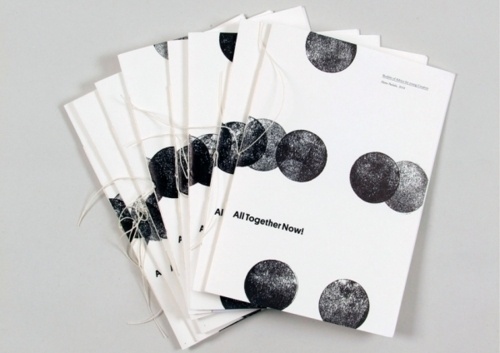
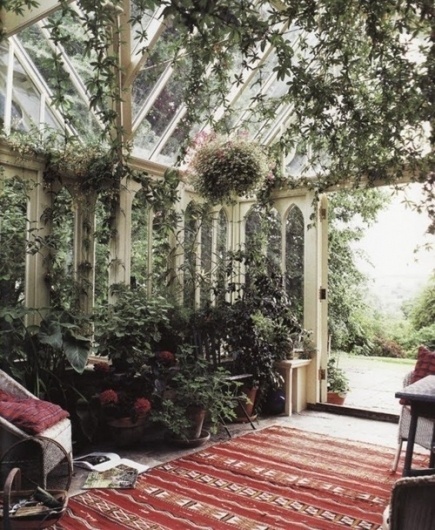
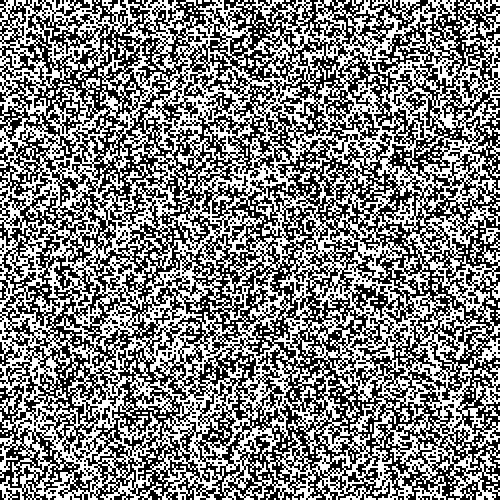
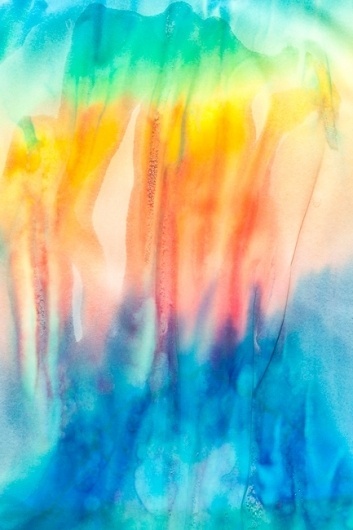
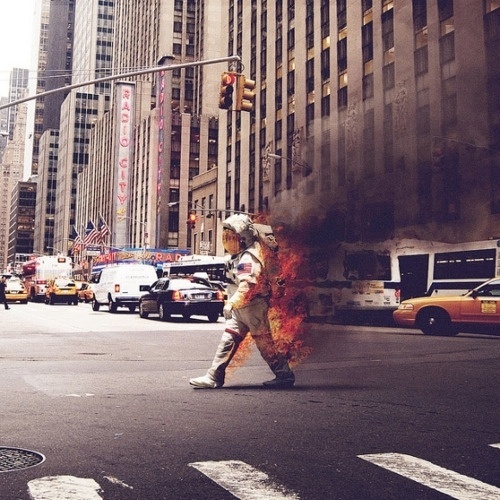
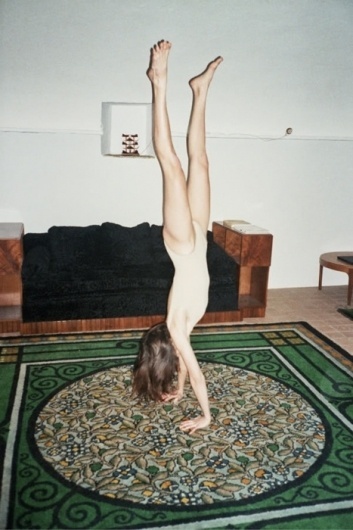
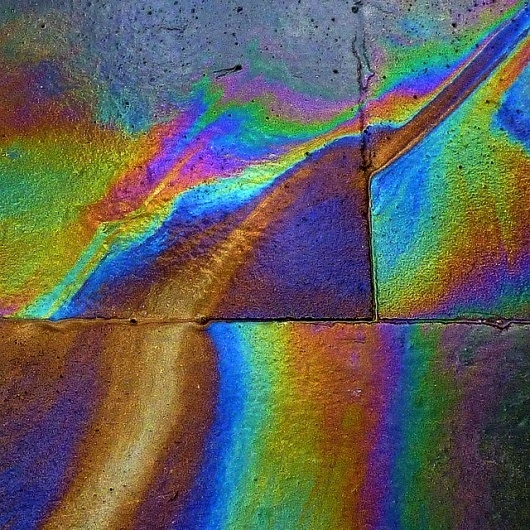
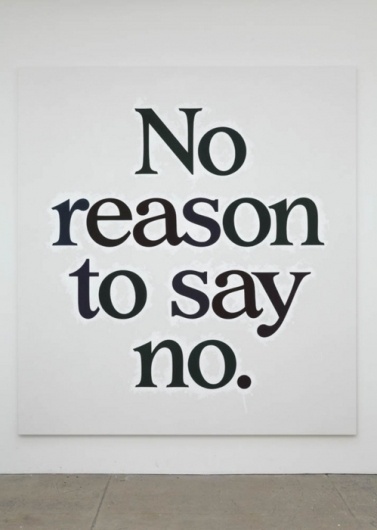
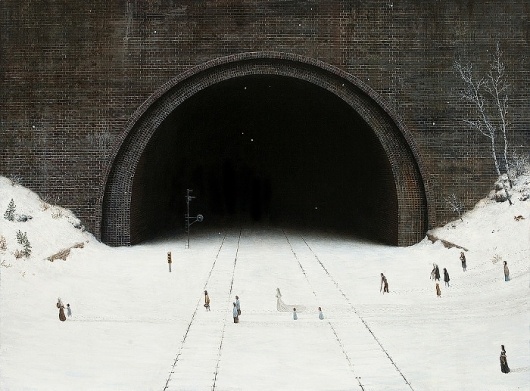
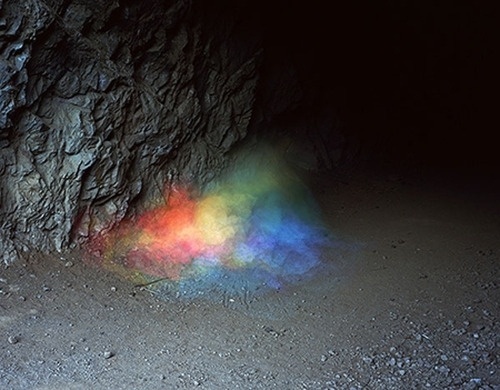

Mood boards have become extremely popular since the self-care movement. It refers to the process of gathering a range of visual materials to convey a certain mood or message. Creating... The post How to Create a Mood Board appeared first on Design your way.
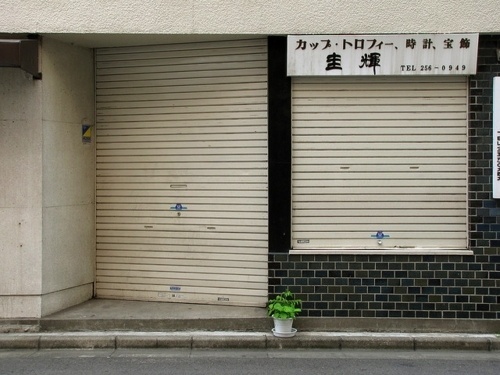
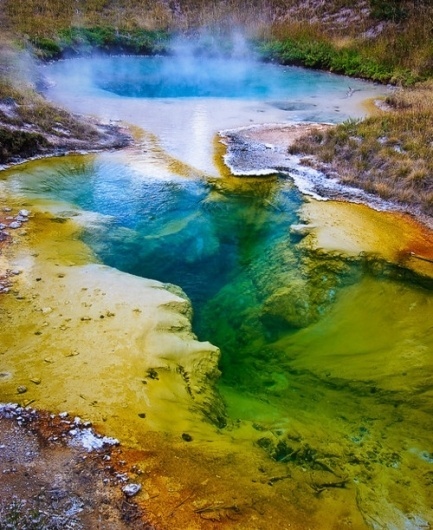
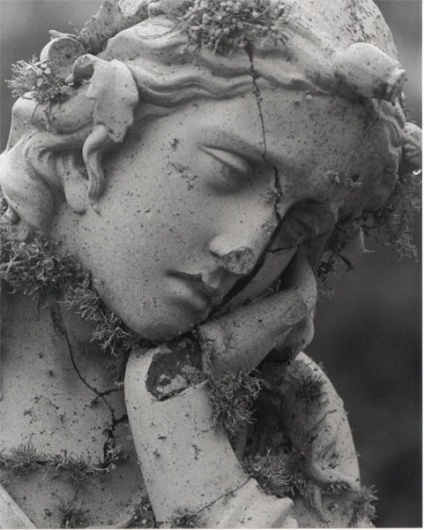



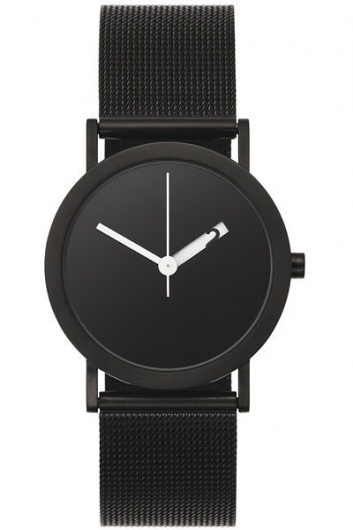
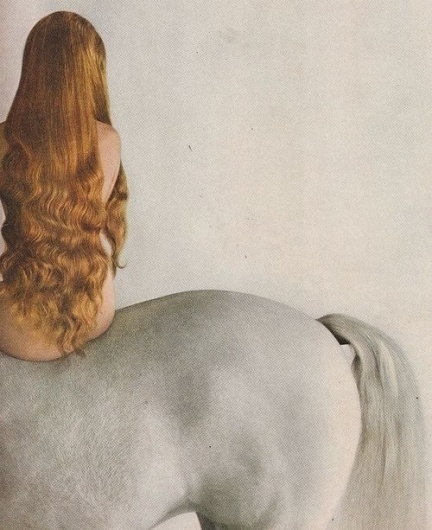

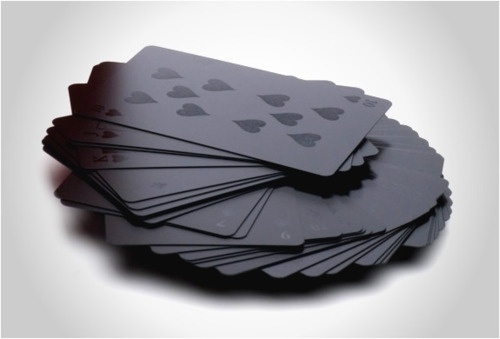


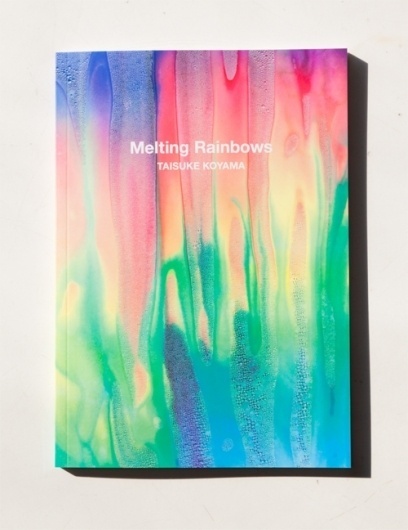
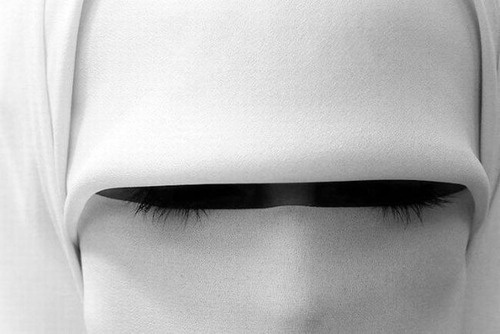

An Elixir To Escaping The Visual Rut: 5 Grand Tips To Create An Effective Mood Board For UI UX DesignersPicture this.You spend time and effort picking out the best shade of purple, a bold display font, and designing a flawless prototype only to be rejected by the client. We’ve all been there!Setting the mood for any project is a key step to allow team members and clients to get on the same page. One effective way of doing this is by building a mood board. As designers, when we use words like “brutalism design” or “Grotesk fonts”, our clients could be clueless but throw it all together in a mood-board and they will immediately relate to whether or not they like the concept.Mood boards provide a “space” to arrange collected visuals in a meaningful manner to the designer that enables the flow of thoughts, inspirations, and creativity for design outcomes — products. — Tracy Diane CassidyWhat is a mood board?A mood board is a collection of different kinds of elements; from images to textures that help collate and visualize concepts. In a broader sense, a mood board should evoke specific feelings and attributes. You can create a mood-board for just about any concept; for a product/service, an idea, or even your favorite type of art (Believe it or not, I created a mood-board to put together this article!).What you choose to put on your mood-board is your prerogative; there are no right or wrong answers. The important thing is to include as many elements and ideas that best suit your brand and convey its message. Here are some general elements to include:Images: Pull in some of your favorite designs from Dribbble, brand images, the type of stock images you’re leaning towards, and even your brand logo.Typography: Deciding the typeface for your brand is never easy. Add in fonts or typefaces you’re more inclined to and see if it matches the story you’re trying to build.Colours: Create a color swatch of your brand colors and try incorporating them into your mood-board wherever possible.Illustration Style: Play around with illustration styles and choose what best suits your brand to maintain consistency.Textures: Using images and words to tell your brand story is one thing, but try including patterns, textures, and shapes that would help invoke your brand’s emotions.Collecting inspirationGathering inspiration for a mood board can come from anywhere! As designers, we tend to hoard all our favorite designs in a swipe file, so that’s a great place to start. All the other mood boards you’ve built are also great sources of inspiration.For aesthetic, stock photos use sites like Unsplash and PexelsTo build vibrant and complementary color palettes you can use Coolors or KhromaFor typography, browse through Typewolf or AwwwardsSocial media platforms like Instagram and Pinterest have a lot of fresh and raw ideas that could help you understand your brand betterWhere to build it?There is no shortage of great tools to help you build a great mood board. My go-to favorites are:Figma’s FigjamMiroInVision’s FreehandNow that we’ve established what a mood-board is, what to include on it and where to build it. Here are 5 tips that will help you create an effective mood board:1) Have a sense of direction ↗️Getting started on a project is always challenging. There are infinite combinations of design and texture and colour that shape the overall look of the product. While it’s easy to get lost in the clutter and get overwhelmed, it is necessary to remember the end goal.So how do we make sure we’re on the right path? One way to do this is by always keeping in mind your mood-board statement. A mood-board statement is a design web, a combination of the basic why, how, and what questions.WHY are you creating this design? What purpose does it serve?HOW are you going to make the why happen? How will you make it stand apart?WHAT is the problem your design is trying to solve? What do your users want?Putting together a mood-board statement is a key stepOnce you combine the answers to these questions, you have a sense of direction! Put this on a sticky on top of your mood-board and get started2) Keywords are your best-friends! 💞Before you begin pulling in aesthetic pictures from Pinterest, take some time to understand the brand you’re building. Your mood-board is in no way a reflection of the exact end product but a means to help you determine the style. On a sticky, or using spider diagrams or even on pen and paper jot down as many adjectives that best describe the vibe you’re going for. Don’t be afraid to throw in words like “batman” or “gooey” (it’s a safe space), but aim to stick to under 6–8 words so it doesn’t get chaotic.Here are some of my favourite ones to get you started:A few, fun keywords that always seem to help3) Don’t be afraid to annotate 🔤Who said it’s all about the visuals? There’s nothing wrong with including annotations on your board. Not everyone thinks or designs in the same way for e.g. when your co-worker looks at something you’ve found meaningful, they might not understand why. Feel free to add descriptions under the elements to explain the purpose it serves. This helps keep everyone on the same page and reduces skepticism.The text on this mood-board helps pin-point exactly why the element has been used4) Stay on the lookout for common themes 🎭A layman looking at your mood board should be able to pick out some common themes or elements; whether that’s a colour pattern or a specific message. Sometimes, it won’t come together until everything’s up on your board, and that’s okay too. Think big then Think small. One way to do this is by breaking down your mood-board into tinier mood-boards based on similar patterns and eradicating the outliers.A mood-board for a conference, divided further into sections to find similarities.5) Add a little spice 🌶️Don’t be afraid to mix it up! While searching for inspiration it’s not necessary to just pull in digital designs, for inspo look into magazine designs, fashion pages or even tattoos! Add some fun textures and patterns. If you’re feeling adventurous, take a walk and see what the universe is offering. Grab your phone and click a few pictures of whatever speaks to you. Getting inspired from different sources prevents you from falling into a visual rut and designing the same things every time.Inspiration comes in all shapes and forms; posters, footers and even concept artFinal thoughtsThe process of building mood boards helps guide any creative process. Besides being fun and inspirational, putting together a mood board also allows everyone to be on the same page before the actual design begins. While looking for inspiration don’t forget to keep the end goal in mind; keep going back to your mood board statement and keywords. It’s a great way to keep you and your brand in check.If you’ve never made a mood board for your brand/product, start today!If you’re a mood board master, let us know what tips you have for mood board making on TwitterOriginally appeared on https://www.wednesday.is/writing-articles/mastering-the-mood-board-5-tips-to-escape-a-visual-rutAn Elixir To Escaping The Visual Rut: 5 Grand Tips To Create An Effective Mood Board For UI UX… was originally published in Muzli - Design Inspiration on Medium, where people are continuing the conversation by highlighting and responding to this story.

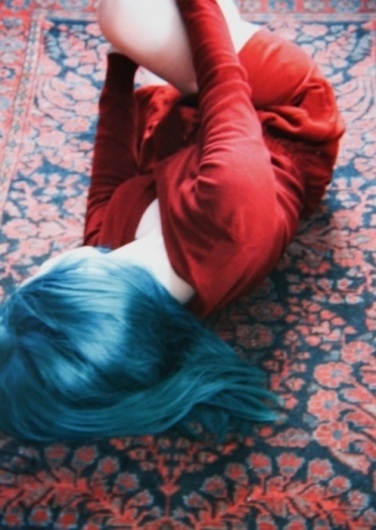
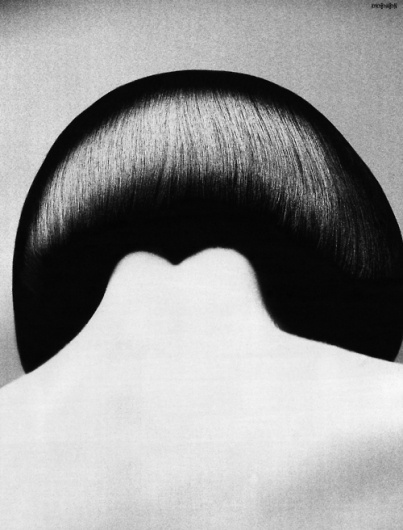
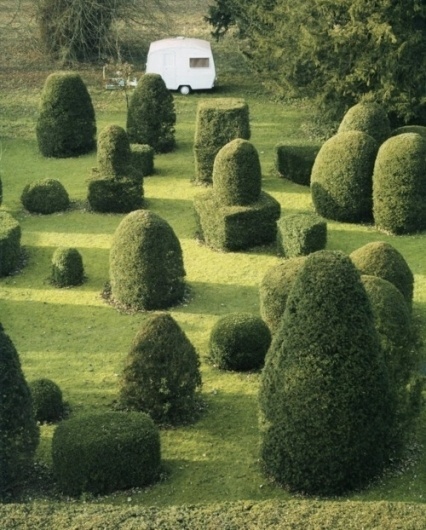

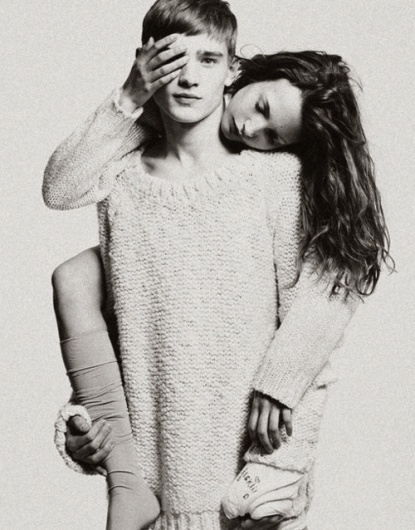


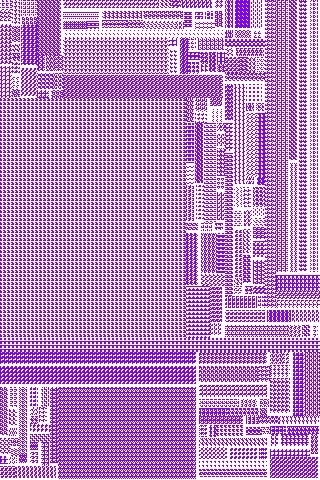
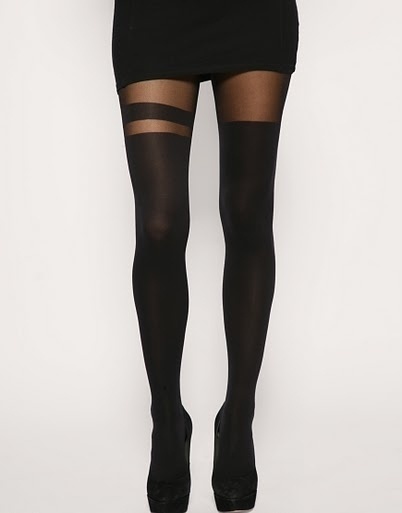
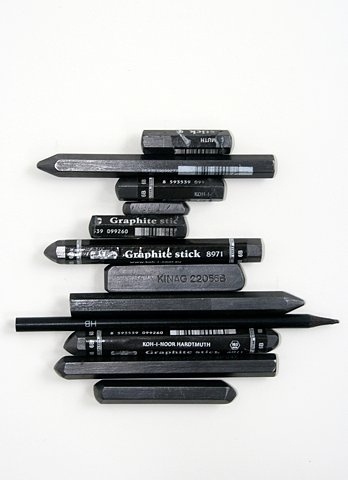
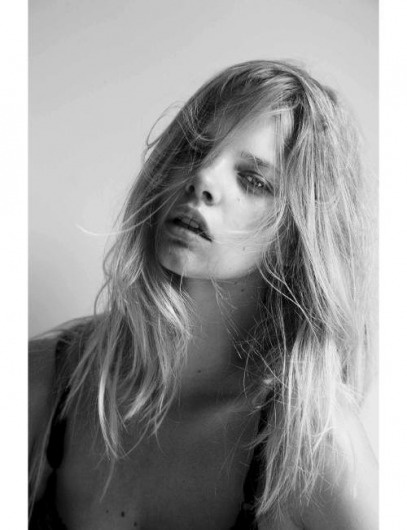

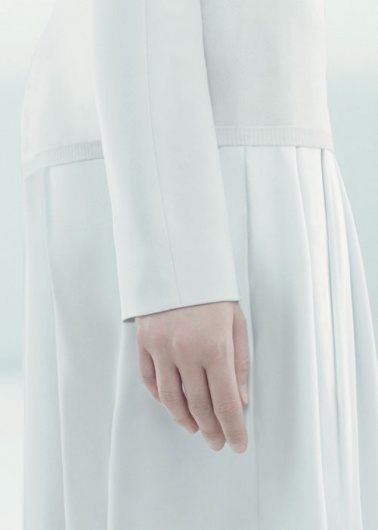
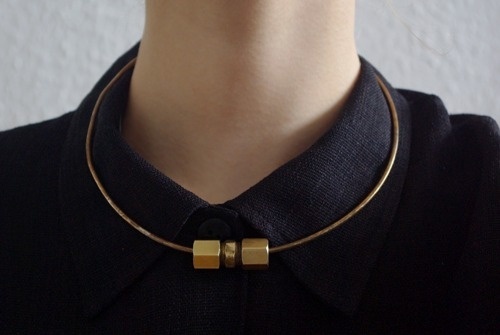


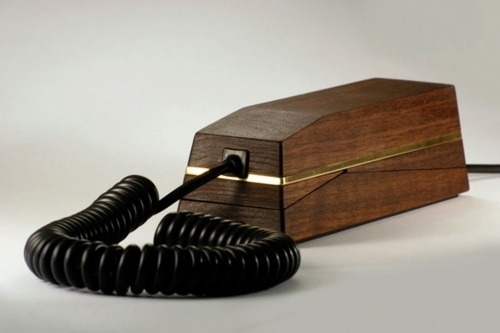
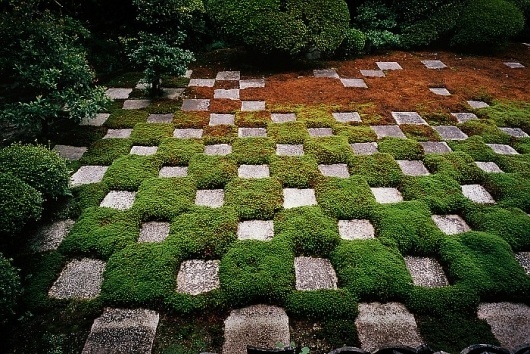
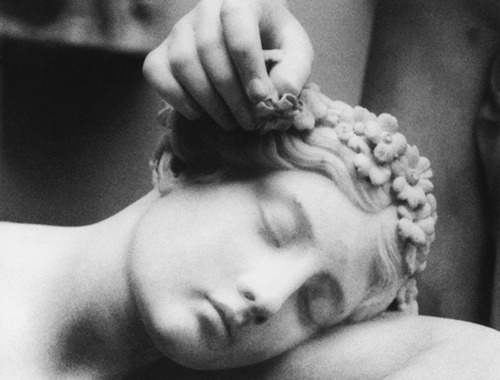

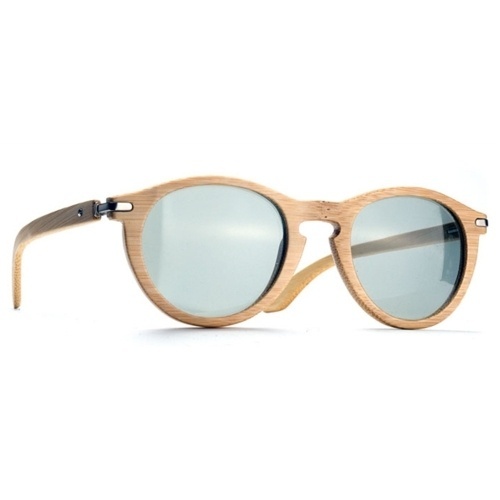
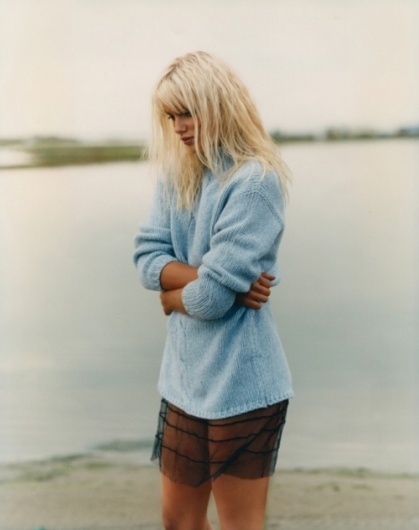
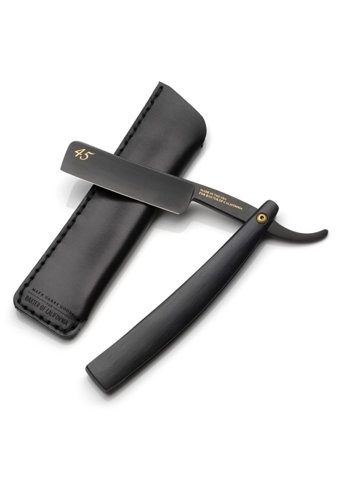

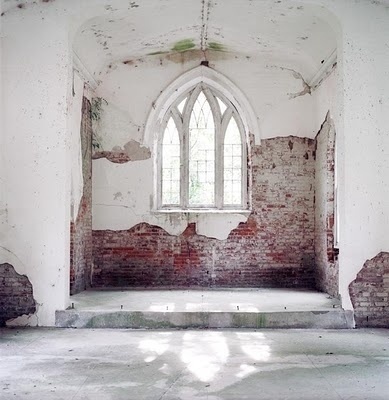
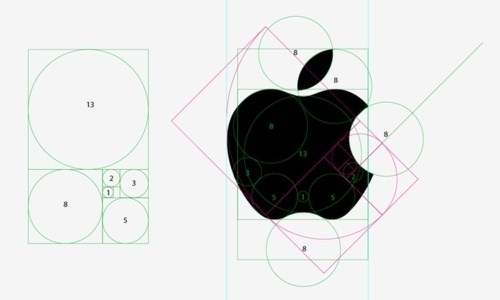
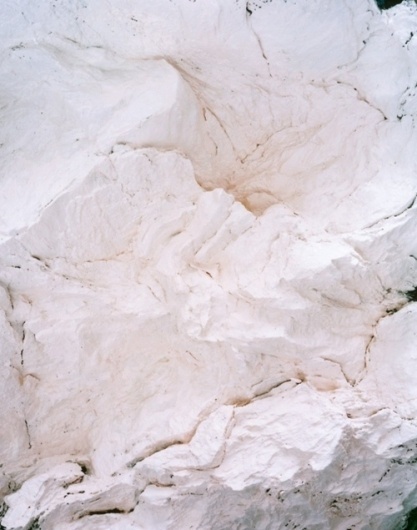
Get access to thousands of freshly updated design inspiration pieces by adding Muzli to your browser.
Loved by 750K designers worldwide, Muzli is the leading go-to browser extension for creative professionals.
A mood board is a visual tool that designers use to communicate the conceptual and aesthetic direction of a project. It serves as a collage of images, colors, textures, typography, and other visual elements that capture the essence of the design idea. Mood boards help in setting the tone, style, and overall feel of a project before diving into detailed design work.
A mood board is essentially a collection of visual inspiration. It can be physical or digital, comprising various elements that collectively convey a certain mood or theme. These elements can include:
Mood boards are invaluable in the early stages of a design project for several reasons:
Mood boards are a powerful tool in a designer's arsenal, providing a visual summary of the project's intended direction. By effectively using mood boards, designers can ensure a coherent and inspired design process, leading to successful and visually appealing outcomes. Whether you are working on branding, interior design, web design, or any creative project, a mood board is an essential step in translating abstract ideas into concrete visuals.